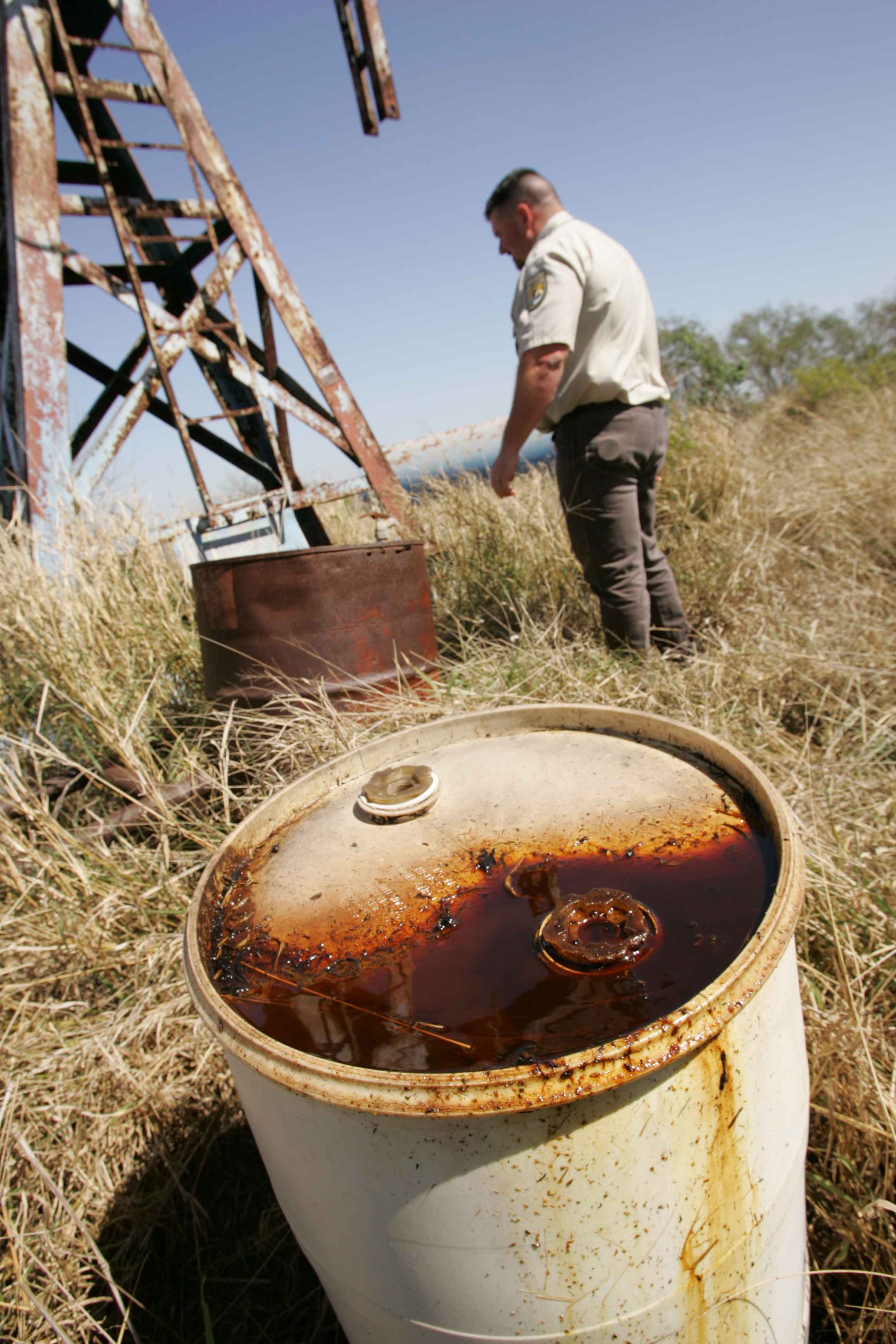Alberta faces a bill of potentially $8 billion for cleaning up abandoned oil and gas wells, says a recent CD Howe Institute report titled “All’s Well That Ends Well.” This news comes during a severe slump in Canadian oil prices that has led to hundreds to protest in front of Calgary City Hall, calling for more public support for the Canadian oil industry.
Somehow the whole discussion has overlooked an important fact: those defunct wells might represent new local energy opportunities. The very conditions that end some wells’ productivity might provide enough geothermal energy to heat local homes and power local businesses.
So says the Calgary-based Canadian Geothermal Association (CANGea), which estimates that, as of October 31, 2016, Alberta has 60,935 wells with bottom hole temperatures higher than 60 degrees Celsius — hot enough (if harnessed) to heat homes or grow fresh produce in a greenhouse. Of these wells, 500 have temperatures higher than 120C, or potentially hot enough to generate electricity.
“If only 10 per cent of these geothermal opportunities are developed,” says CANgea, “then that is still approximately 6,000 new geothermal systems in Alberta providing heat and/or power, and employment opportunities for Albertans.”
“All’s Well” estimates that Alberta has between 155,000 oil and gas wells sitting idle around the province — one-third of Alberta’s 450,000 existing wells — in farm fields and behind town sites, uncapped and unremediated. Dormant or abandoned, the wells are non-productive. Sometimes the responsible company has gone bankrupt, or out of business. Since Alberta’s policies are meant to encourage oil exploration, they rarely require environmental sureties like financial bonds, especially for smaller companies.
However, says the CD Howe Institute, these wells pose a huge potential liability, as well as being hazardous to the humans and wildlife that live in the area. “If Alberta doesn’t change how it requires companies to finance their own oil and gas well cleanup costs, the energy industry and, ultimately, taxpayers in Alberta, face cleanup costs of up to $8 billion,” the report says.
Not so fast, say geothermal engineers. Geothermal installations already co-generate power for operations in some oil fields, powering pumps with the hot water that sometimes squirts up with the oil. The Town Council of Hinton, Alberta, is already working on this idea, seeking ways to convert a nearby “watered-out” gas well field into enough energy to power a greenhouse and all the municipal buildings, including the arena.
In Canada, the industrial geothermal model is the Springhill (NS) Mine project. Natural Resources Canada approved the project in the 1970s. The project flooded a notorious coal mine where 75 miners died in a “bump,” filling it with an estimated 11 million cubic metres of water.
The water maintains a constant temperature warm enough to save the local community centre above it about half its heating and ice-making budget. “By the mid-1990s,” CBC reported, “eight local companies, including a plastics manufacturing company, a boiler-maker, Surette Battery Ltd. and the local Pizza Delight were using the geothermal resource.” By 2017, the underground reservoir heated 50 local homes and businesses.
Geothermal projects usually have heavy start-up costs. Piggybacking on existing oil and gas wells can save some of those expenses. Still, conversion is likely to be more complicated than it appears. That’s what the Hinton Town Council is finding, as the Front End Engineering Design (FEED) and pre-FEED report both recommended more study, citing municipal buildings scattered across the hilly local geography, and natural underground silos in the gas wells, where they hoped to find a pool. The Alberta government has borne the $1.2-million study costs so far. Town council is considering whether to pursue another study.
While $1.2 million may sound expensive for repeated studies, in the 1970s, the Alberta government invested at least $100 million in AOSTRA, the Alberta Oil Sands Technology and Research Authority, to develop “in situ” methods of steaming sand out of oil in order to collect the oil for refining. “In situ” projects have grown to account for 90 per cent of oil sands production.
Alberta companies such as Suncor have long called themselves “energy companies” rather than “oil companies.” Changes in the last federal budget finally recognized “geothermal resources” as tangible assets for the purposes of financing energy development. With fossil fuels losing favour, and oil prices falling, now is a good time for more energy innovations. Alberta could lead the way in adapting existing oil technology to future geothermal applications.
Canada could lose its “Fossil of the Week” image by developing geothermal technology that leverages a few degrees temperature difference into a whole HVAC (Heating, Ventilation, Air Conditioning) system. All that’s needed is for the Alberta energy industry to believe in renewables as much as it believes in bitumen.
Image:
Help make rabble sustainable. Please consider supporting our work with a monthly donation. Support rabble.ca today for as little as $1 per month!




